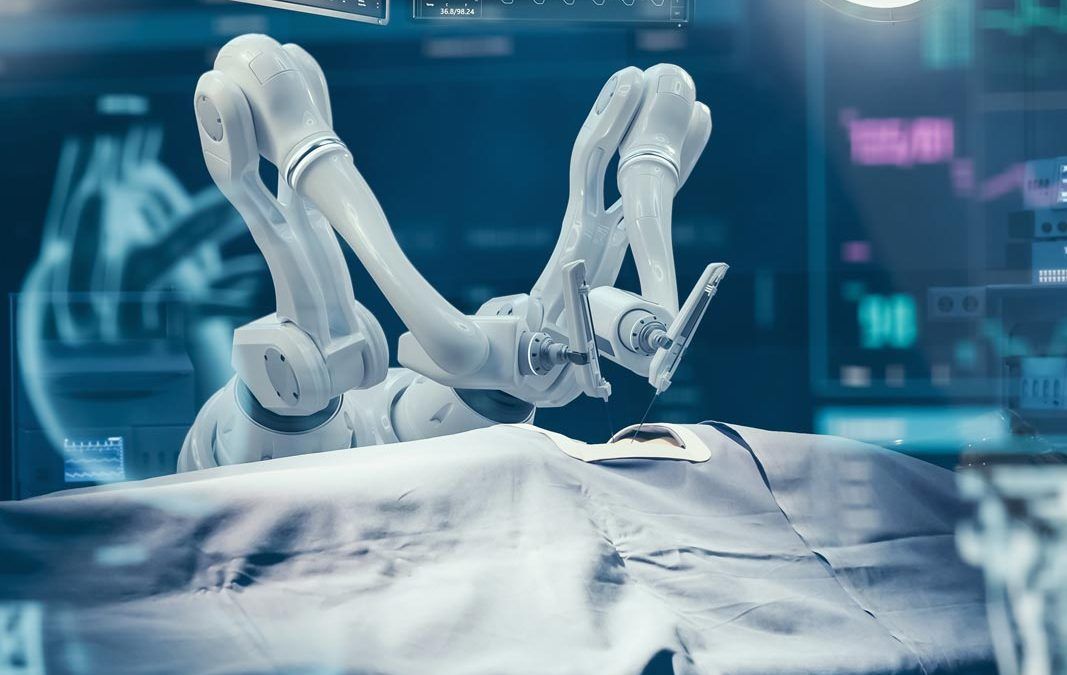Robotic surgery, also known as robot-assisted surgery, has been revolutionizing the medical field for years. With the use of advanced technology, surgeons are able to perform complex procedures with greater precision and control, leading to better outcomes for patients. As technology continues to advance, the future of robotic surgery looks brighter than ever.
Advancements in Robotics
One of the key factors driving the future of robotic surgery is the continuous advancements in robotics technology. Robots are becoming more sophisticated, with improved dexterity, smaller sizes, and enhanced capabilities. As a result, surgeons are able to perform a wider range of procedures with greater ease and accuracy.
Robotic systems are also becoming more intelligent, with the ability to learn from past surgeries and adapt to new situations. This allows for more personalized and precise treatments, leading to better patient outcomes.
Integration of Artificial Intelligence
Artificial intelligence (AI) is playing an increasingly important role in robotic surgery. AI algorithms are being used to analyze data, predict outcomes, and assist surgeons in making decisions during procedures. This can help reduce errors, improve efficiency, and ultimately lead to better patient care.
AI can also be used to customize surgical plans based on individual patient characteristics, allowing for more personalized treatment strategies. This can result in faster recovery times and fewer complications, ultimately leading to better overall patient outcomes.
Telemedicine and Remote Surgery
One of the most exciting developments in robotic surgery is the potential for telemedicine and remote surgery. With the use of advanced robotic systems and high-speed internet connections, surgeons can perform procedures on patients who are located miles away. This can provide access to care for patients in remote areas, as well as allow for collaboration between surgeons from different locations.
Remote surgery also has the potential to improve patient outcomes by bringing together experts from around the world to consult on complex cases. This can lead to better treatment plans and higher success rates for patients undergoing surgery.
Enhanced Training and Education
As robotic surgery becomes more widespread, it is also leading to advancements in training and education for surgeons. Simulators and virtual reality technology are being used to train surgeons on robotic systems, allowing them to practice procedures in a safe and controlled environment. This can help improve the skills of surgeons and ultimately lead to better outcomes for patients.
Additionally, the use of robotic surgery in medical education is helping to advance the field of surgery as a whole. Surgeons are able to learn new techniques and approaches through the use of robotic systems, leading to more innovative and effective treatment options for patients.
Conclusion
The future of robotic surgery is bright, with advancements in technology, integration of artificial intelligence, telemedicine and remote surgery, and enhanced training and education leading to better patient outcomes. As robotic systems continue to evolve and become more sophisticated, the possibilities for improving surgical care are endless. The future of robotic surgery is truly exciting and holds great promise for the future of medicine.
By incorporating these advanced technologies into surgical practice, the field of robotic surgery is set to revolutionize the way surgeries are performed and ultimately improve patient outcomes. It is an exciting time for the future of robotic surgery, as advancements in technology continue to push the boundaries of what is possible in the medical field.
